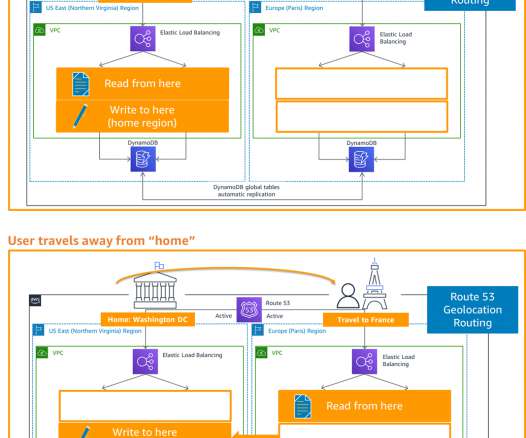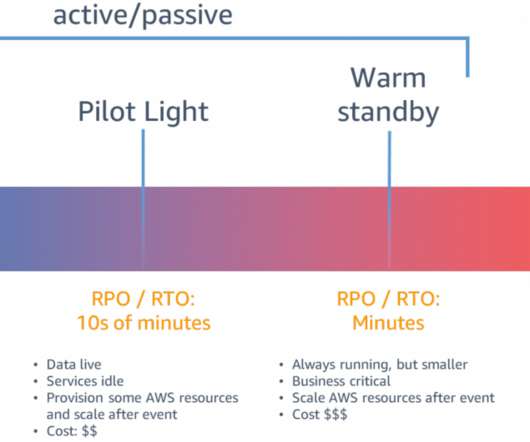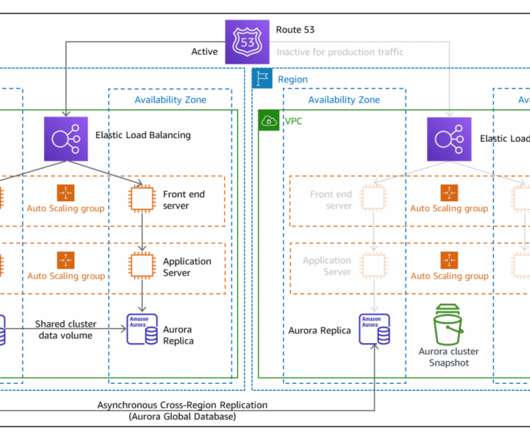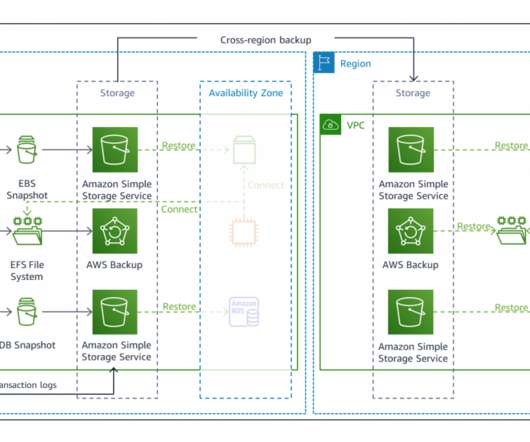Disaster Recovery (DR) Architecture on AWS, Part IV: Multi-site Active/Active
AWS Disaster Recovery
JUNE 23, 2021
In my first blog post of this series , I introduced you to four strategies for disaster recovery (DR). My subsequent posts shared details on the backup and restore , pilot light, and warm standby active/passive strategies. DR strategies: Multi-site active/active. Implementing multi-site active/active.












Let's personalize your content